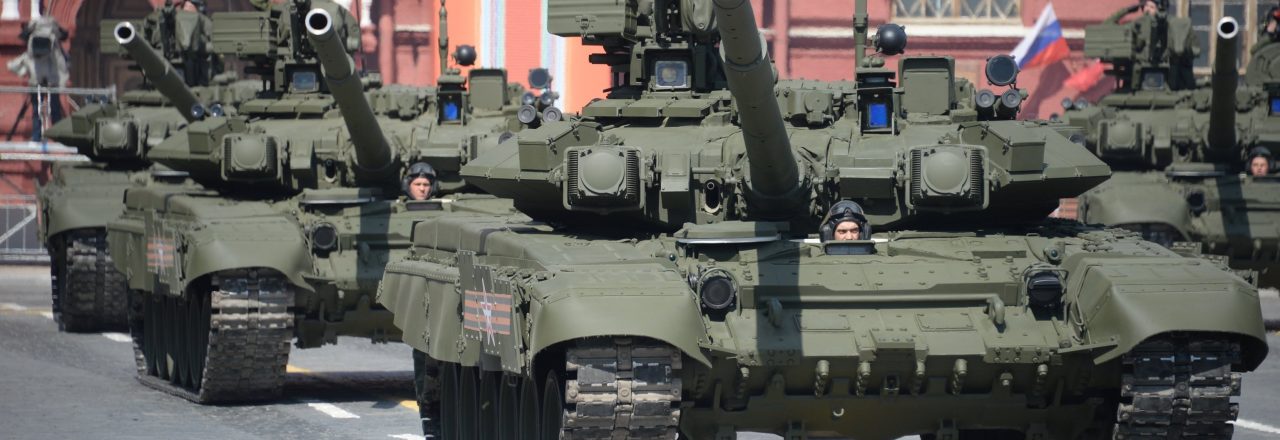

Abstract
The Middle East and North Africa region (MENA) is undergoing rapid militarization with a number of intra- and interstate conflicts and terrorist threats. Military arsenals in the MENA region have grown significantly over the last two decades by receiving a significant number of weapons from several large arms suppliers such as the United States, Russia and France.
Russia is the second largest exporter of major arms in the world. In 2009–2018, Russia was the second largest arms supplier to the MENA region. The country accounted for 18 per cent of the total volume of arms imports by MENA states, following the USA (44 per cent)—the world’s leading exporter of arms.
In recent years, Russia has further expanded its arms transfers to MENA seeking to re-establish its influence in the region. To MENA countries, arms acquisitions from Russia is advantageous. It allows them to diversify their sources of arms supply, and thereby become less dependent on western suppliers. Consequently, this has enabled Russia to compete with other established arms suppliers such as the USA and France.
The Policy Brief begins by outlining Russia’s growing interest in the MENA region. It identifies both the strategy and motivations driving Russia’s arms exports, and equally to the region, and the demand for arms by MENA countries.
This Policy Brief is published as part of a larger project, “The Role of Russia in the Middle East and North Africa: Strategy or Opportunism” coordinated by ISPI – Italian Institute for International Political Studies, in the framework of the EuroMeSCo ENI Project, co-financed by the European Union and the IEMed.


